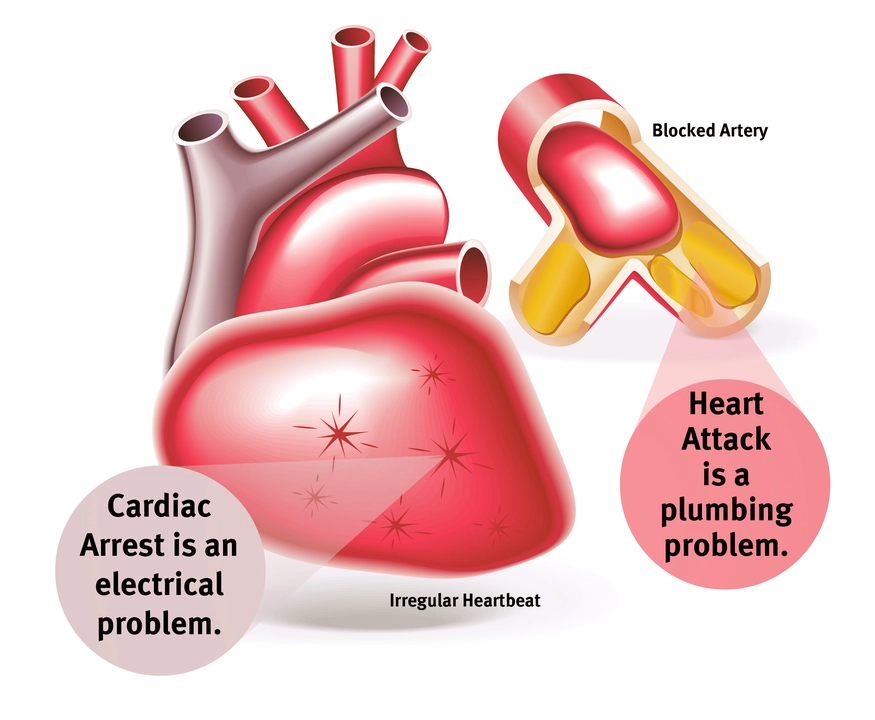Cardiac Arrest in Elite College Athletes: What’s Behind the Risk
Ever wonder why we hear about heart emergencies on the college field more often than in other sports? The answer isn’t one‑size‑fits‑all, but a mix of intense training, hidden health issues, and sometimes risky habits. Let’s break down the real reasons these tragedies happen and what can be done to keep young athletes safe.
Extreme Training and Heart Strain
College athletes push their bodies beyond what most of us consider normal. Daily practices, weight rooms, and game‑day pressure add up to nonstop stress on the heart. When you’re sprinting, lifting, and playing back‑to‑back games, your heart works overtime. That constant high‑intensity load can irritate the heart muscle, making it more vulnerable to irregular beats.
Think of it like a car engine that never gets a break – eventually, something wears out. For athletes, the wear shows up as arrhythmias or, in worst cases, cardiac arrest. The good news? Structured rest days and proper recovery plans can cut down that risk dramatically.
Hidden Heart Conditions and External Factors
Many elite players have undiagnosed heart conditions. Hypertrophic cardiomyopathy (HCM) tops the list – a thickening of the heart wall that often slips through standard check‑ups. Because HCM doesn’t always cause symptoms, an athlete might feel perfectly fine on the field, only to have a sudden event during a peak moment.
On top of that, some athletes turn to performance‑enhancing substances. Stimulants, anabolic steroids, and even certain over‑the‑counter supplements can raise blood pressure and trigger dangerous heart rhythms. Combine a hidden condition with a substance that pushes the heart harder, and the odds of a cardiac event rise sharply.
So, what can schools and families do? First, make comprehensive cardiac screening a must for anyone playing at a varsity level. Electrocardiograms (EKG) and echocardiograms catch many hidden issues before they become a problem. Second, educate athletes about the dangers of unregulated supplements – they’re not worth the risk.
Prevention also means encouraging athletes to listen to their bodies. A lingering chest discomfort, shortness of breath, or faint feeling isn’t just “part of the game.” Those signals should trigger an immediate medical review.
In the end, the goal isn’t to scare young athletes away from sport. It’s to give them the tools and knowledge to stay on the field safely. With proper training plans, thorough medical checks, and a clear stance on substance use, the chances of a heart emergency drop dramatically.
If you’re a student‑athlete, coach, or parent, ask your school for a detailed heart‑health screening schedule. Talk openly about any family history of heart disease. And remember – a strong mind and a well‑rested body are just as important as muscle power when it comes to peak performance.

